Why sun mapping is the route to a brighter, happier home
Knowing when and where the sun enters your home is key to mood-boosting decor, say the experts
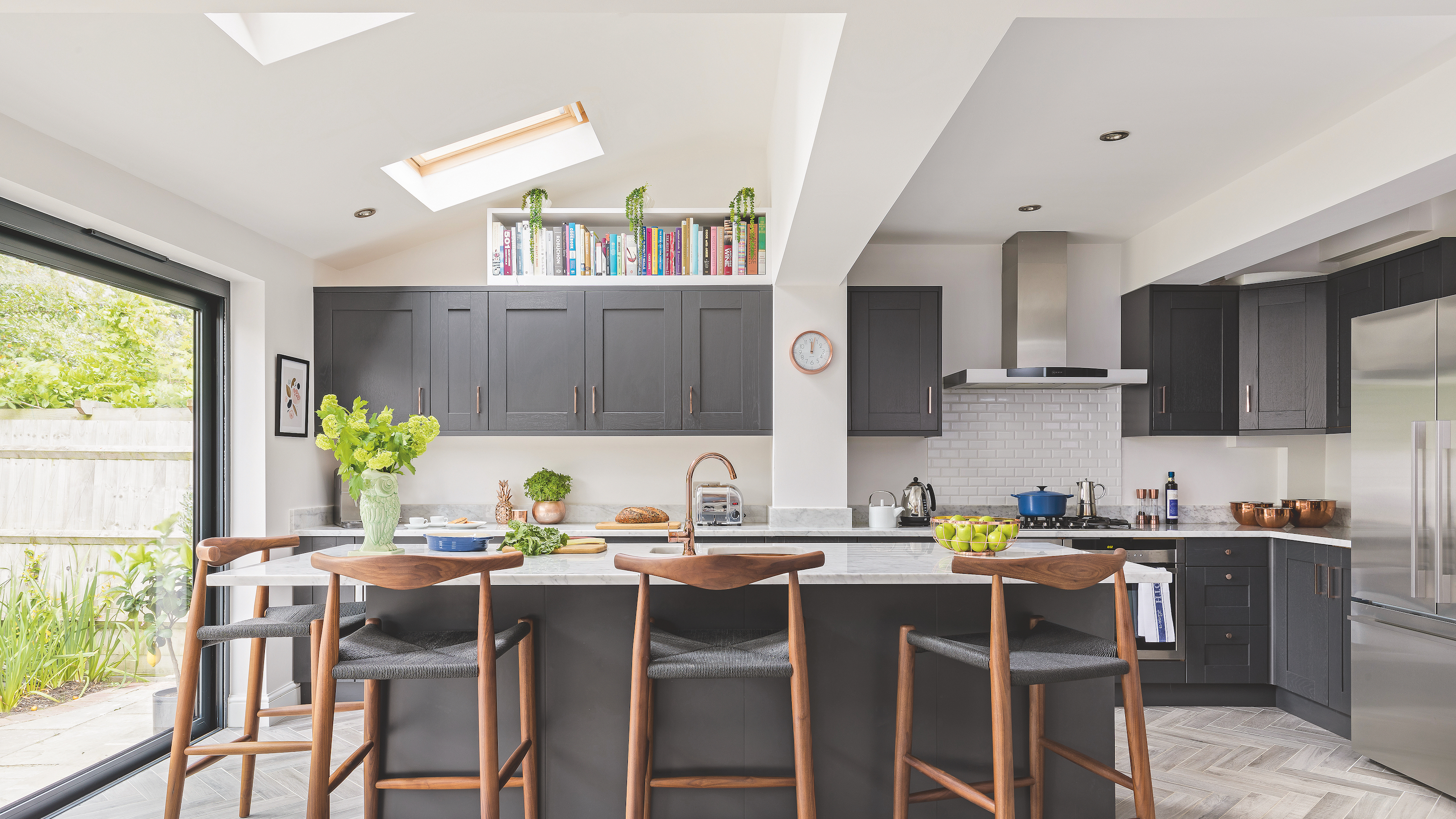


You probably follow the sun around your home unconsciously – sitting in the brightest spot in the kitchen for your morning coffee, or curling up in your favourite chair by a sunny window in the afternoon. But actively paying attention to when and where sunlight enters each room has unexpected benefits – for your health, your lifestyle and the look and feel of your interiors, whether that is your living room ideas or kitchen.
'Sun mapping is the practice of studying the movement and angle of the sun across a particular space over time, and it helps designers understand how sunlight interacts with the architecture and interior spaces, influencing everything from lighting to temperature,' explains Sarah Wakefield, creative director of interior design practice, Jolie.
Benefits of sunmapping your home
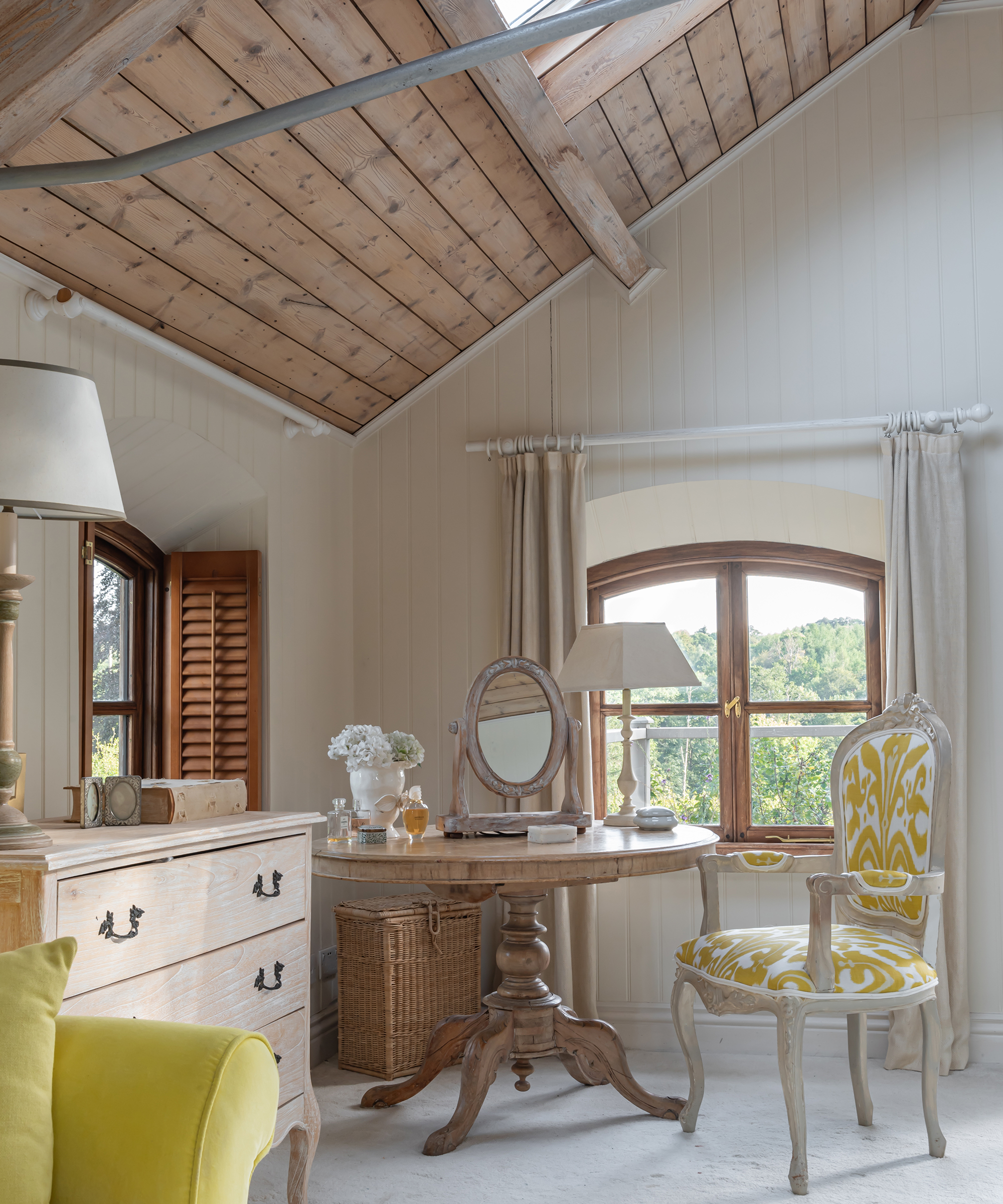
Sun mapping allows us to bring more natural light into our homes – and this 'daylighting' has a host of benefits.
'By understanding the path of the sun, we can maximise natural light, enhance our wellbeing and reduce reliance on artificial lighting,' explains Sarah Wakefield.
Around 1 in 6 adults in the UK has low levels of vitamin D, a situation made worse by small windows and even remote working, which keeps people indoors for most of the day.
'Improving the amount of daylight in homes is essential for physical health and mental wellbeing. By integrating larger windows and bifold doors, we can ensure that homes are brighter and healthier, enhancing our quality of life,' says Edward Stobart, technical sales manager at glazing company IDSystems.
'Taking a daylight-first approach to a project makes a massive difference to the quality of the result. Walking into a space designed to prioritise natural light quite literally feels like a breath of fresh air; it never fails to lift my mood.'
Sign up to our newsletter for style inspiration, real homes, project and garden advice and shopping know-how
The message is bright and clear: if we're embarking on a project like an extension or loft conversion, we should consider how light will enter the space. And even if we're simply planning to redecorate, paying attention to the sun can transform the success of our room scheme.
How to sun map your space
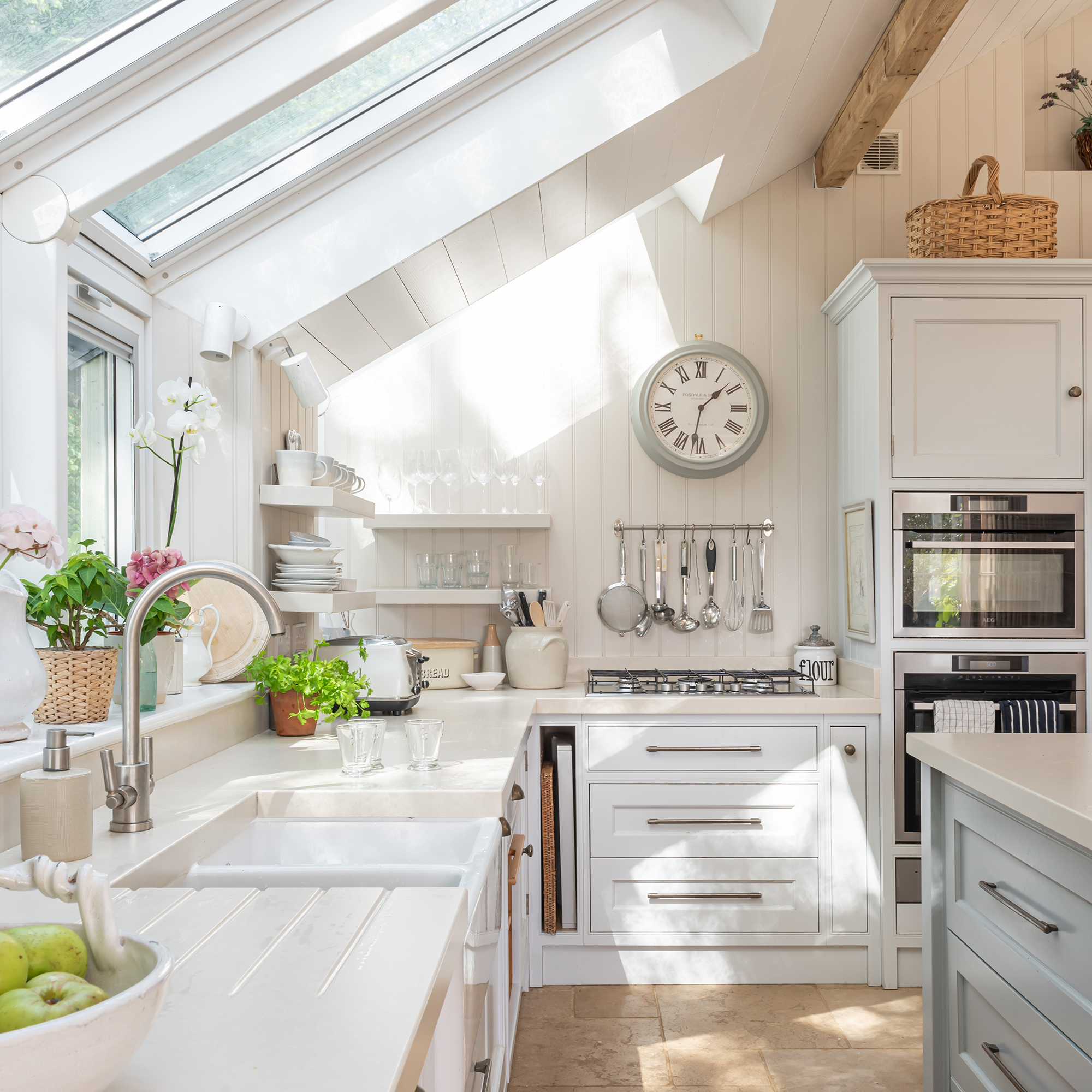
The sun rises in the east and sets in the west, sending its rays into different parts of our home as it moves across the sky throughout the day. Sun mapping, then, is as simple as noting what time of day the sun or most natural light enters a room.
'Following the movement of the sun for a day would usually give quite a good idea of which part of your property would get the most sun, and which parts get a bit more shade,' says Cathy Dean, CEO and founder of architectural interior design company, Studio Dean.
'While the most important thing in sun mapping is knowing which direction the property is facing, there are a few other factors that need to be considered – the shadow that the property casts over the garden, the neighbouring properties, any foliage and big trees around that might affect the sunlight reaching the property.'
The angles of the sun's rays and the intensity of its light will change throughout the year, so while you could map the sun for just a day, it's worth spending a few weeks or even longer, to understand the seasonal variations in sunlight.
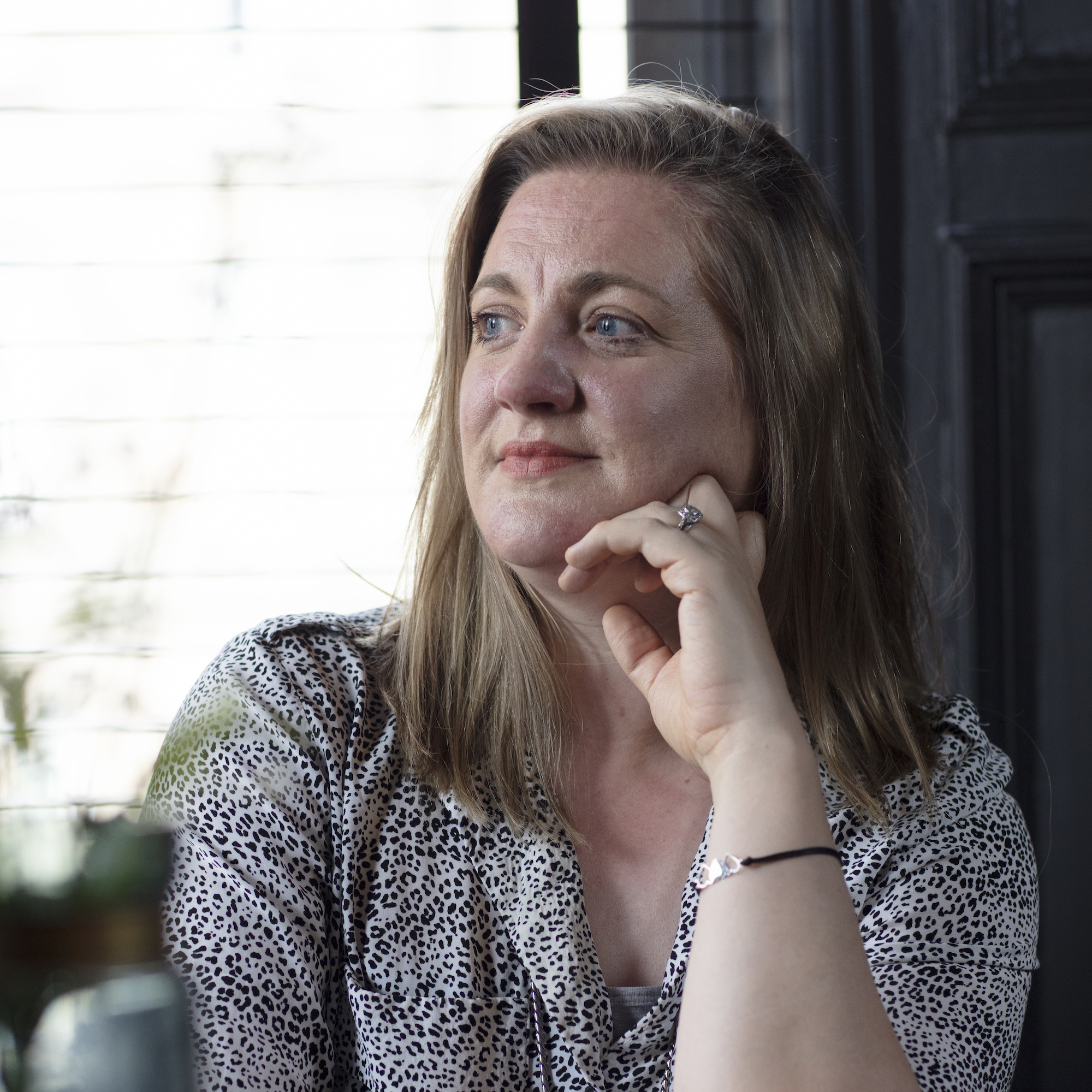
Interior designer Cathy says she is obsessed with the way that calm and considered homes can change people’s everyday lives, and believes that if a space looks incredible but doesn’t make life easier, then it doesn’t work.
How sun mapping affects when and how we use a room
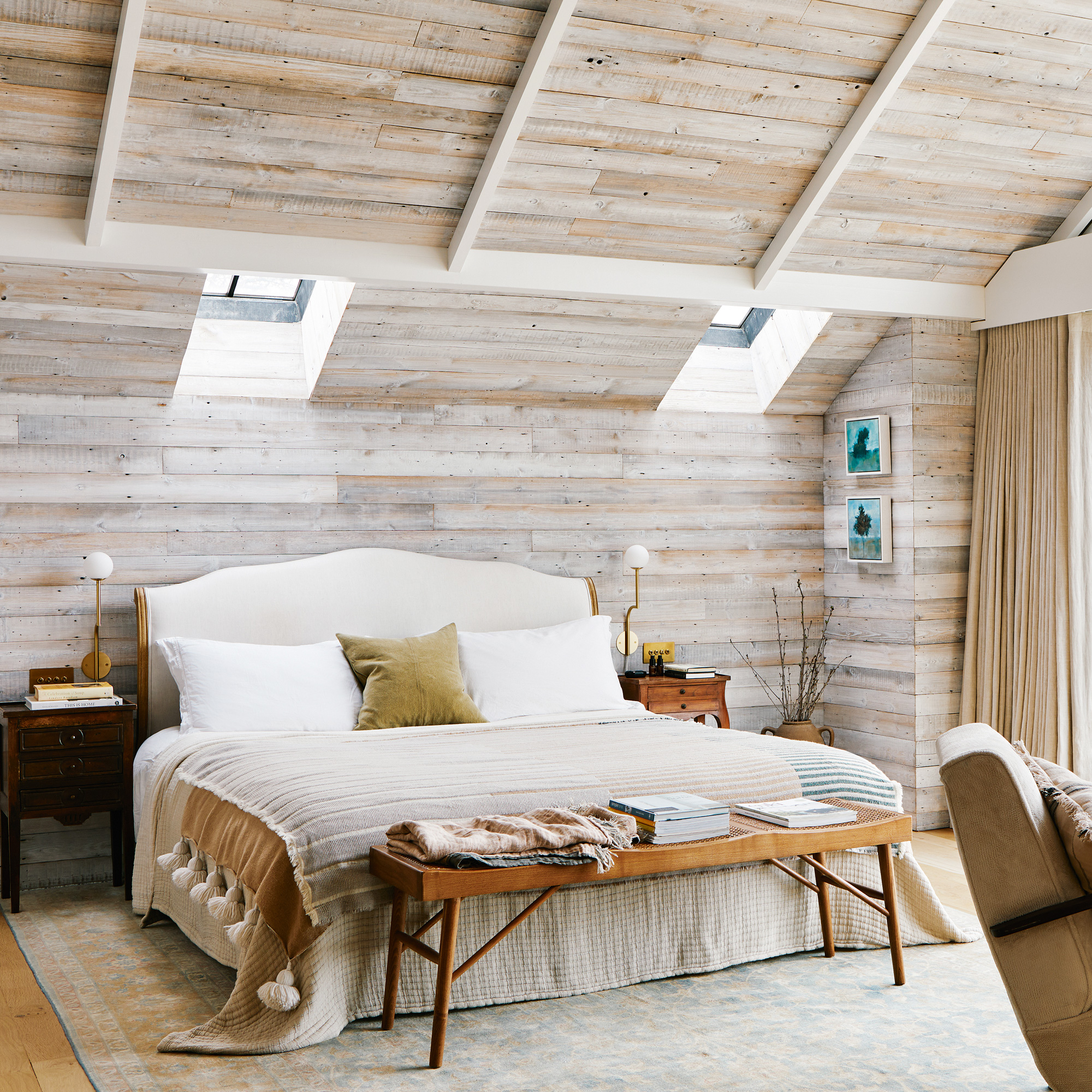
We can take a tip from interior designers and use the direction our home faces and the orientation of its rooms to help us decide when and how we use these spaces.
'The orientation of a room and the timing of sunlight exposure can greatly influence design decisions,' agrees Sarah Wakefield. 'For example, a room facing east will receive morning sunlight, making it ideal for spaces where you want to start the day, like kitchens or breakfast nooks. Conversely, a west-facing room will capture the warm afternoon light, which can be perfect for living areas or spaces designed for relaxation.
'North-facing rooms receive consistent, soft light throughout the day, making them suitable for art studios or offices where even lighting is desired. South-facing rooms benefit from abundant sunlight, making them ideal for living areas. By considering orientation, we can optimise the use of natural light, which not only enhances the aesthetic appeal of a space, but also its functionality and energy efficiency.'

Sarah is creative director at Jolie interior design studio, which specialises in multi-sensory spaces that balance creativity with functionality. Previously, she was senior interior designer at Soho House.
Sun mapping and your colour palette
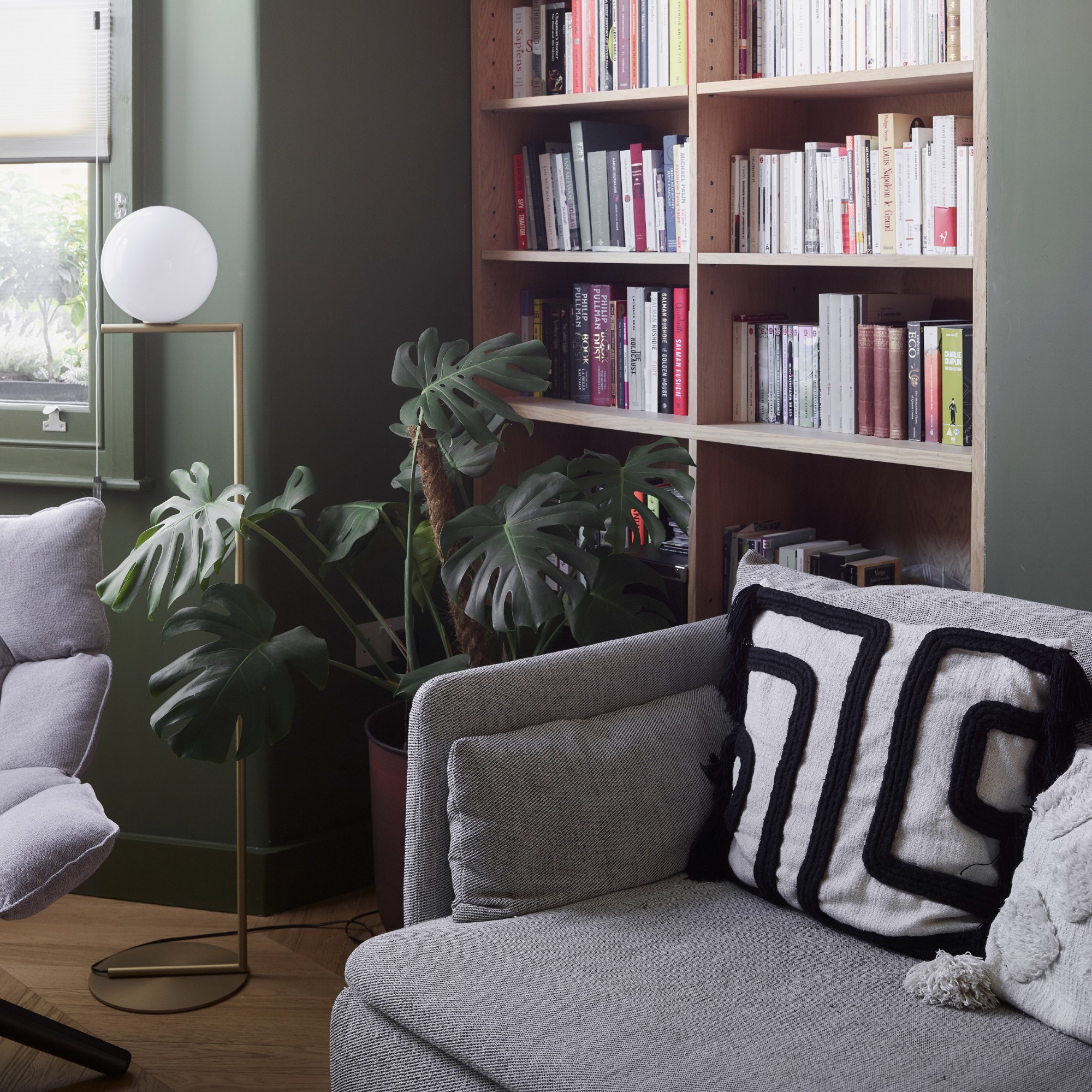
The quality and intensity of natural light in a room can alter how colours appear, so it's worth applying paint testers or wallpaper swatches in both the brightest and darkest parts of a room to see how sunlight changes how they look. You'll also want to consider different shades and tones of colours, depending on whether the room gets a lot of sun or not.
'We would usually consider light and warm tones in the rooms that get the most sun, to amplify the feeling of being drenched in sunlight – warm neutral or a soft brown, essentially any colour that has a yellow or a red undertone' says Cathy Dean.
'In shadier rooms, such as those that are north facing, we might go with darker tones – a deep blue or a rich green to emphasise the feeling of cosiness, then pair that with soft ambient lighting.'
Moving rooms to make the most of the sun
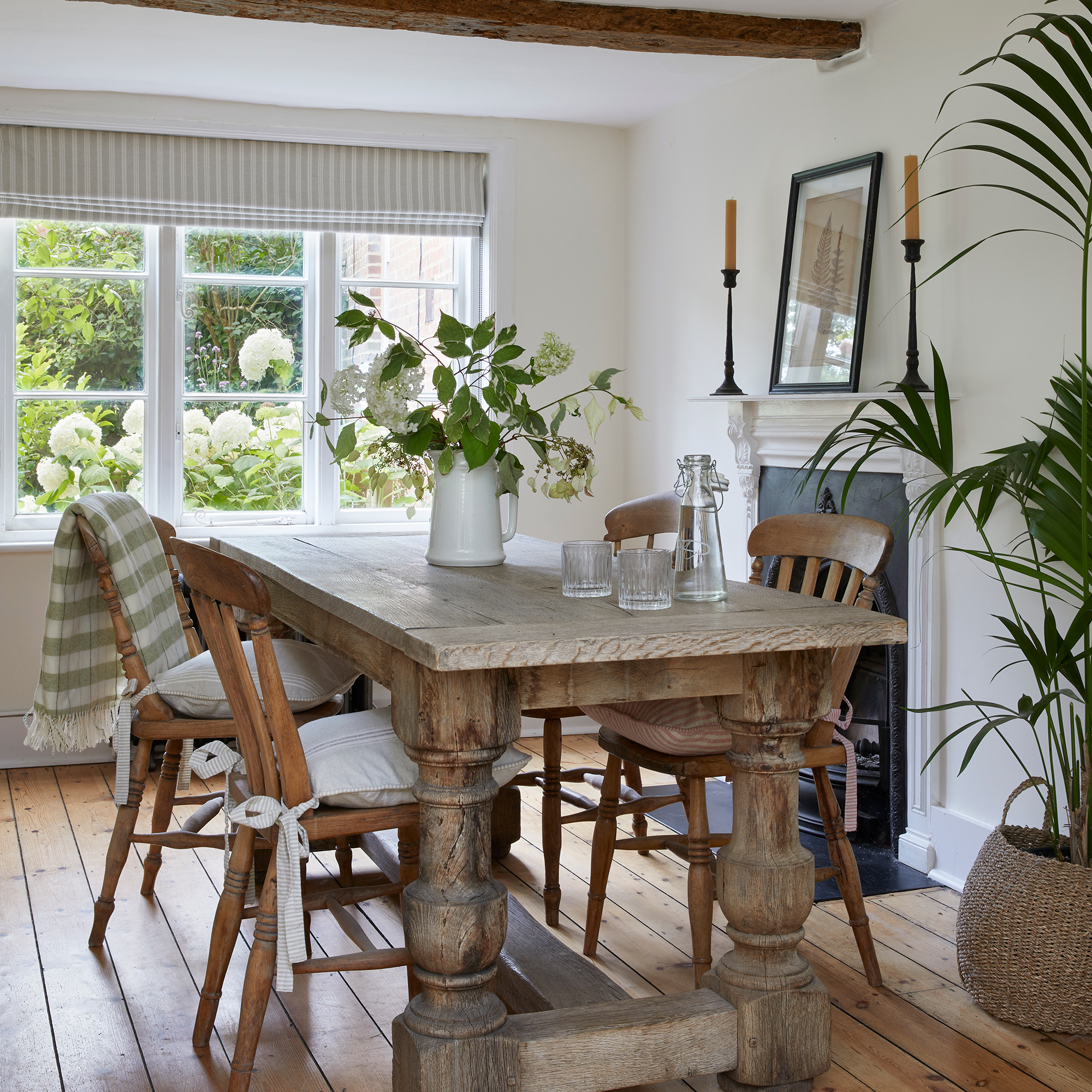
Once you start sun mapping, you might decide to change the function of some of your rooms – moving the living room to a sunny space and swapping your bedroom to a shadier side of the house, for example.
'While traditional room placements have their merits, we believe in tailoring spaces to how light interacts with them,' explains Sarah Wakefield. 'For instance, placing a dining area in a sunny spot rather than a conventional dining room location can transform meal times into a joyful, light-filled experience. By understanding and responding to natural light patterns, we can create environments that are not only functional but also inspiring and uplifting.'
Cathy Dean agrees. 'While the orientation of the property might not be something you can change, the function of a room can be. Why work in the north-facing home office downstairs when there is a free spare bedroom on the first floor in the sunniest spot of your house? A simple swap of the purpose of those rooms can bring a lot of value (and sunshine) to your day-to-day life.'
Using window treatments to control light levels
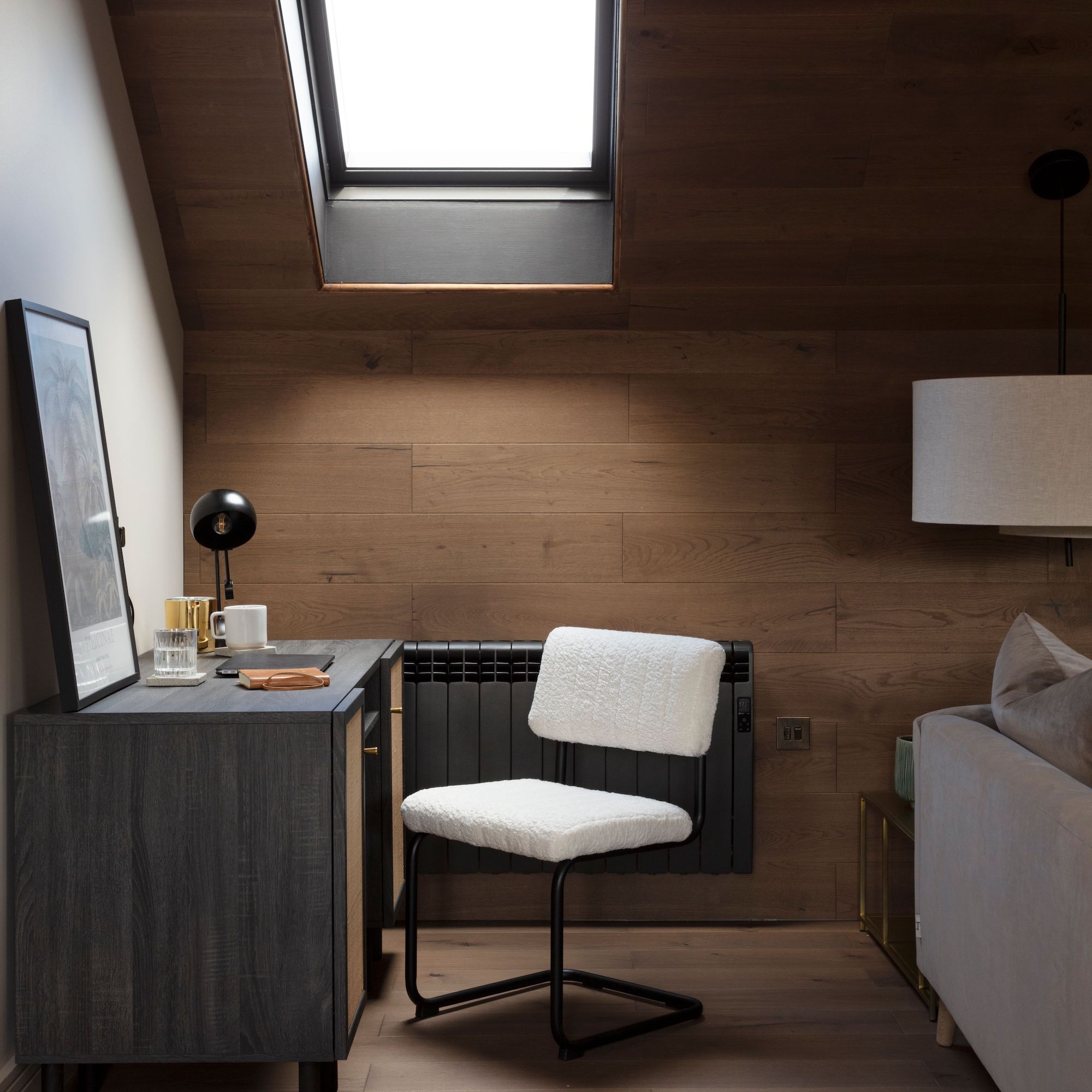
If you can't or don't want to change a function of a room to match it to the sun coming through its windows, you could use blinds, curtains and shutters to control light levels, providing flexibility and comfort.
'Sheer curtains can diffuse harsh sunlight, creating a soft, ambient glow, while blackout blinds are perfect for rooms that require complete darkness,' suggests Sarah Wakefield. 'Externally, landscaping elements such as strategically placed trees or hedges can provide shade and control the intensity of sunlight entering a home.'
There are ways to maximise the light coming in, too. Reflective surfaces, roof lights and light wells can redirect sunlight into darker areas, enhancing the natural illumination of a space.
Sun mapping success strategies
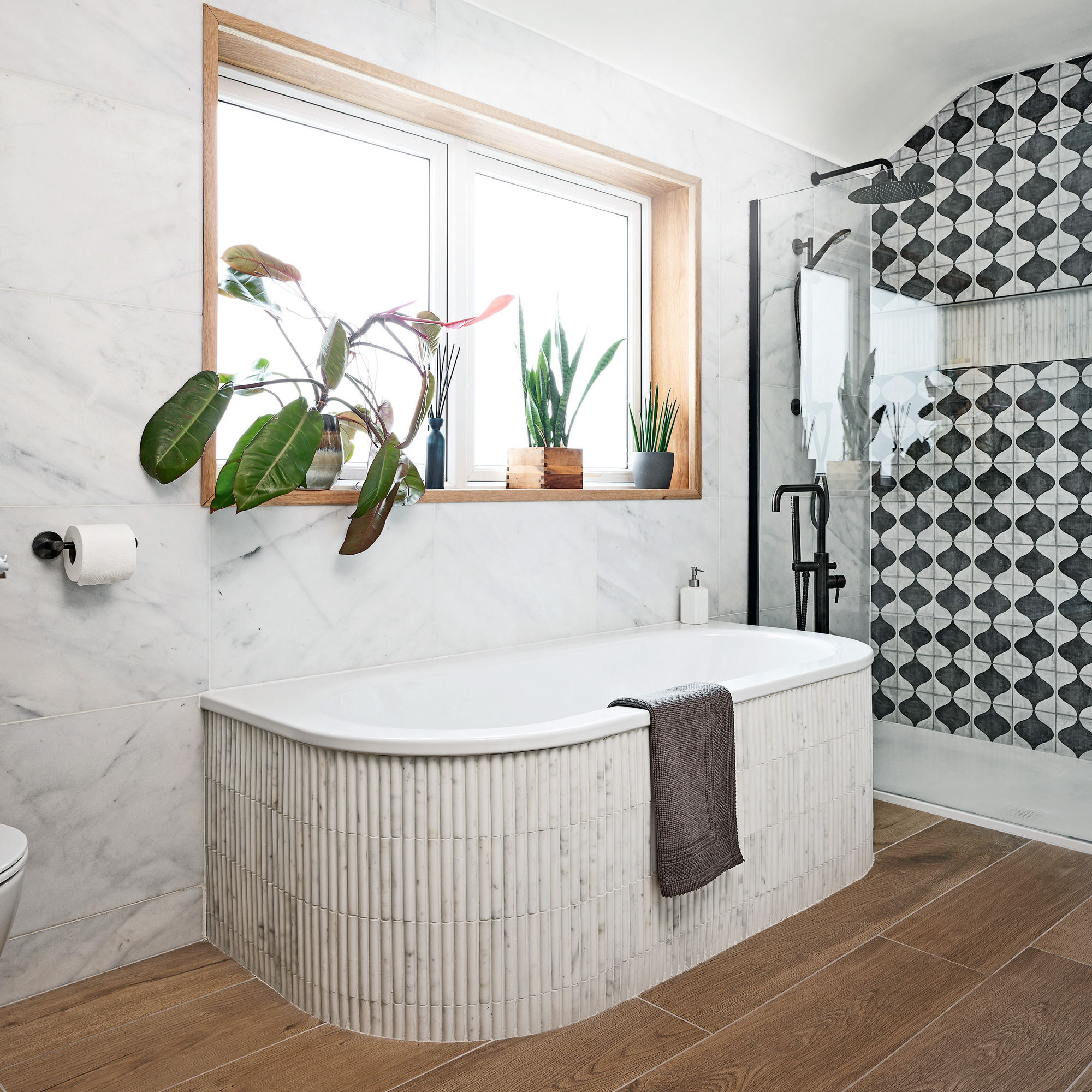
Take a little time to sun map your home and you'll be amazed at the results.
'When we consider the interior architecture of a project to plan out the function of each individual space, room orientation plays a big role in our decision making process. The feeling and usage of a space is often determined by the type and amount of sunlight it gets,' says Cathy Dean.
'We try to plan the daytime rooms – open-plan spaces, kitchens, living rooms and offices – in the sunniest spots of the property; usually that will be the east and south-facing part of the house.
'All evening and functional rooms such as bedrooms, snugs and utility rooms we usually position in parts of the property that get less sun – the north or west. Of course, there are exceptions to those rules, as each individual property is different, so the key is to get to know the client and the way they use their property to plan the best layout for their lifestyle.'
We can all do that, too. We just need to follow the sun.

Andrea began her journalism career at Ideal Home and is currently Editor of our sister title, Country Homes & Interiors, which celebrates modern country style. Andrea is passionate about colour and how it can transform both our homes and our sense of wellbeing, and has completed The Power of Colour course with the prestigious KLC School of Design. Andrea's career spans interiors magazines, women's lifestyle titles and newspapers. After her first job at Ideal Home, she moved on to women's magazines, Options and Frank. From there it was on to the launch of Red magazine, where she stayed for 10 years and became Assistant Editor. She then shifted into freelancing, and spent 14 years writing for everyone from The Telegraph to The Sunday Times, Livingetc, Stylist and Woman & Home. She was then offered the job as Editor of Country Homes & Interiors, and now combines that role with writing for idealhome.co.uk.